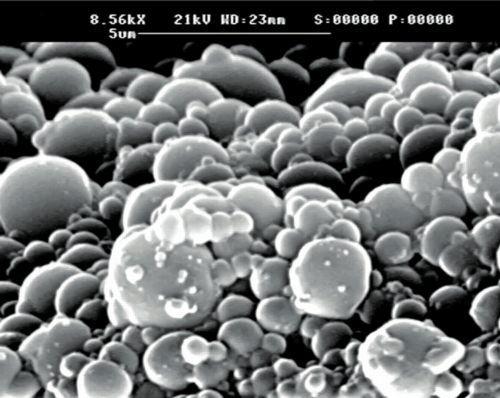Adapting to higher temperatures

Benjamin Jones finds lessons in how other countries have learned to design and operate buildings to temper the effects of high ambient temperatures.
The UK Climate Projections (UKCP09) predict an average UK temperature rise of up to 4 K annually and up to 6 K in summer months by 2050. Over time we will all adapt to these changes by amending parts of our lifestyles such as the clothes we wear. However, personal changes can only have a finite effect because most of us spend 80 to 90% of our time indoors, where the behaviour of buildings determines our ability to adapt to a changing climate.
The temperature projections show that summer warming is a greater problem than winter cooling, so rather than worrying too much about the energy lost from buildings in winter, perhaps we should concentrate on the amount of energy we will have to spend keeping buildings cool in summer. It is suggested that we must construct zero-carbon buildings that meet the demands imposed by climate change, but first we must consider what a zero-carbon building actually is. The term is not yet fixed, and in this article only the energy consumed by a functioning building is considered, rather than its embodied energy. Therefore a zero-carbon building is one that consumes as much energy as it produces.
The eminent Egyptian architect Hassan Fathy suggested, ‘Before investing or proposing new mechanical solutions, traditional solutions in vernacular architecture should be evaluated and then adopted or modified and developed to make them compatible with modern requirements.’
For lessons in how to achieve low energy consumption in a warming climate, it may therefore be helpful to look backwards to vernacular buildings to help us move forwards, because these buildings have developed over time through trial and error to produce generic designs that are efficient and a function of their environment.
An interesting example is the city of Yazd in the Iranian Plateau with almost exclusively vernacular architecture. Its buildings are orientated to avoid significant solar heat gains, exploit the prevailing wind, and use the cooling effects of a local micro-climate provided by vegetation and pools of standing water. They are built of heavyweight materials such as brick and stone with the ability to store heat (thermal mass), which reduces internal diurnal temperature differences.
It is well known that the thermal comfort of occupants is related to the external temperature, but it is perhaps less well known that it is also related to the effect of radiation from surfaces in a room and the air speed in a room. Consequently, the thermal mass of a building and the ventilation rate are very important for thermal comfort.
Yazdi buildings are often naturally ventilated using a wind-catcher, a roof-mounted device that channels fresh air into a room under the action of wind pressure, while simultaneously drawing air out of the room by virtue of a low-pressure region created downstream from the element. It does this whatever the direction of the wind and without mechanical assistance. Initially one might expect the hot external air supplied by the wind-catcher to be undesirable, but it is the physiological cooling and the psychological effect of sitting in a stream of moving air that provides thermal comfort to occupants.
So, how can these ancient principles be reapplied to a zero-carbon building to keep us cool in hot weather? Initially, heat gains must be reduced below levels of 30 to 40 W/m2. Then a natural-ventilation strategy should be derived based upon the local environment and the type and use of the building to provide ventilation for typical and limiting conditions such as a hot and still day. Careful design is important because the two natural driving forces can act in co-ordination and opposition — increasing or reducing flow rates, respectively. The design process becomes more complicated with an increase in the size of the building and the number of openings, so the choice of flow paths is of particular importance to avoid overheating and thermal discomfort.

The thermal comfort of occupants is maintained by a steady ventilation rate, encouraged by an obstruction-free flow path between the natural ventilation inlets and outlets. Perspiration efficiency increases with the speed of the internal air flow, which on very hot days can be augmented by electric fans. In addition, studies of occupant comfort show that people want control over their environment that allows them to adapt. Here, measures such as openable windows and relaxed dress codes can help. Natural ventilation at night can reduce the air temperature at the beginning of the working day and assist available thermal mass to dissipate heat stored during the day.
Many modern non-domestic buildings are built from lightweight materials because of costs and material scarcity, and consequently they contain little thermal mass. However, thermal mass can be retrofitted using phase-change materials (PCM) that change state at room temperature, so heat energy can be stored during the day and dissipated when the internal temperature drops at night. They come in readily available panels that can be attached to internal walls or as part of low-energy cooling systems — and even in clothing.
The road to zero-carbon buildings will involve the development of new modern materials, but ventilation and cooling strategies should invoke proven practices present in vernacular architecture, which need little or no daily energy input. Together these technologies can help us to build for a better future.
Benjamin Jones is a research engineer with Monodraught.








